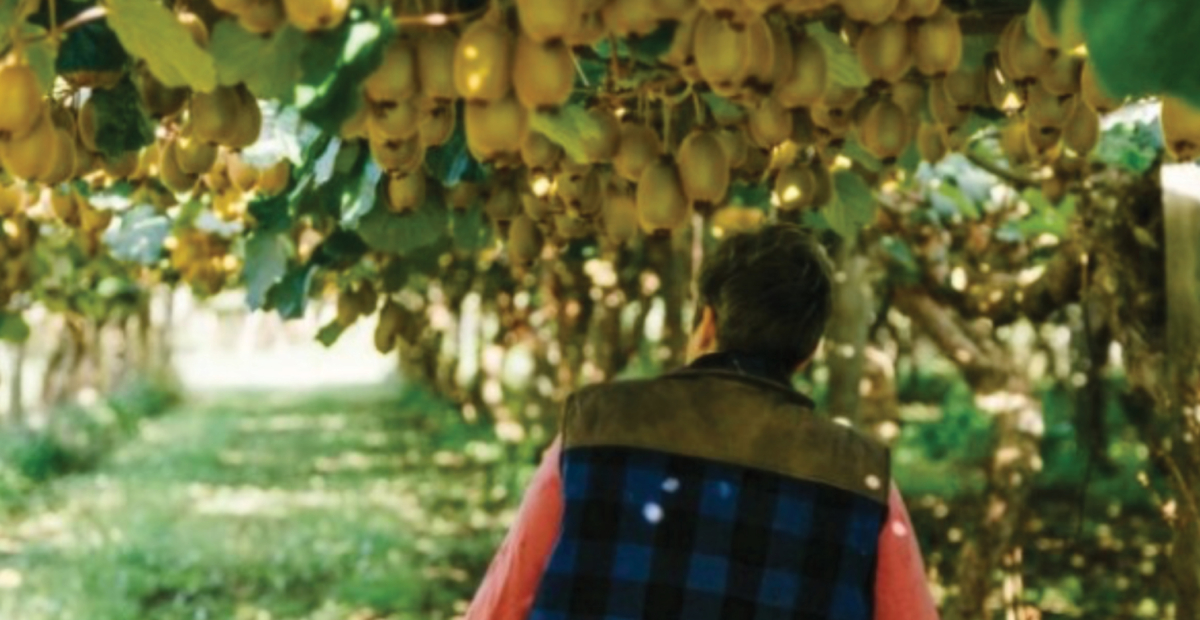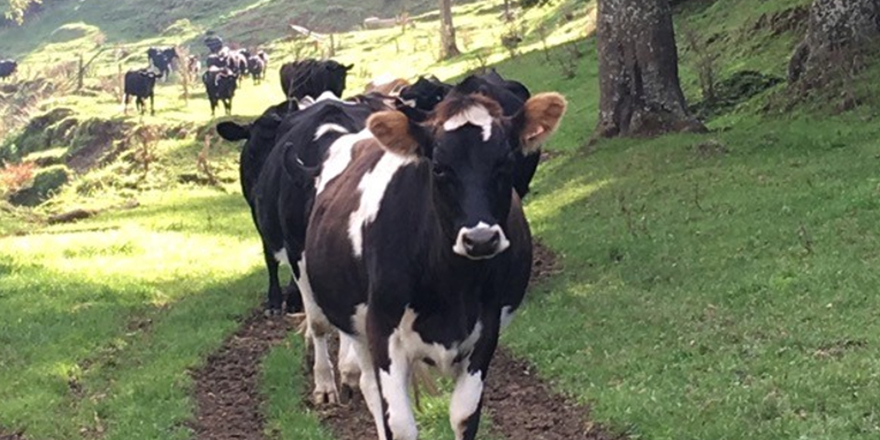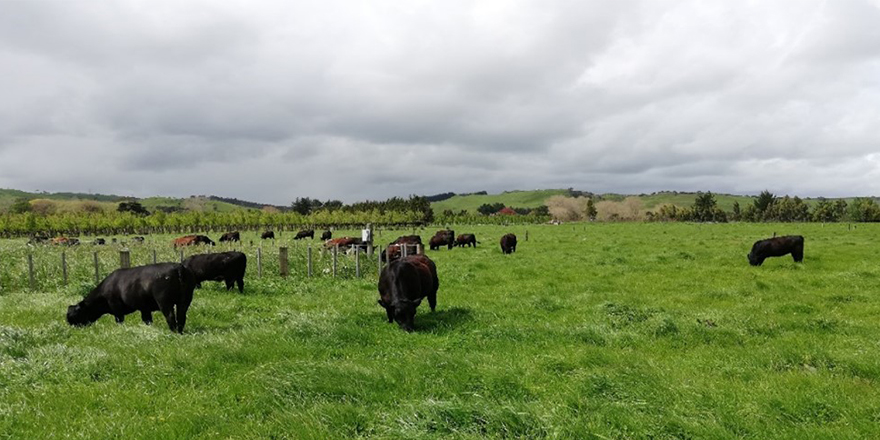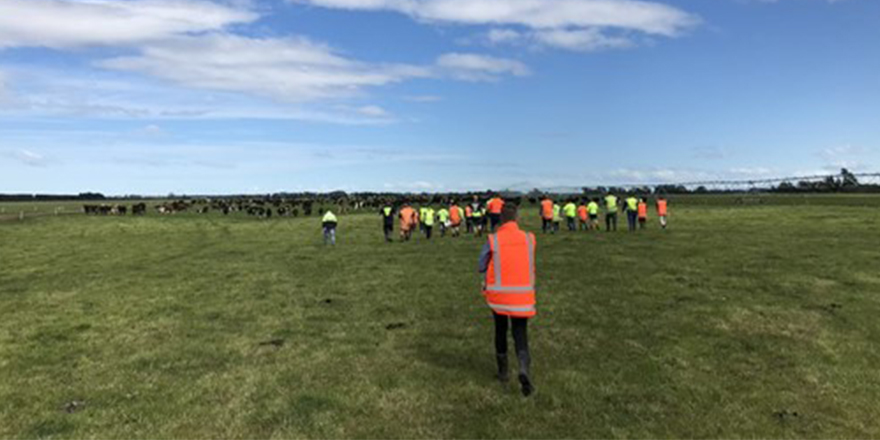
Executive summary
Kiwifruit exports contribute $2.8 billion to New Zealand’s total horticultural export revenue, with Zespri International operating as the exclusive exporter and marketer. Harvesting of New Zealand grown kiwifruit can be categorised into two main groups, KiwiStart for early shipments and main pack for long-storing, later shipping supply across the remainder of the season. Growers, aiming to maximise orchard gate returns (OGR), consider taste payments, KiwiStart incentive, and time payments. These commercial incentives encourage growers to supply high-tasting fruit early and/or over an extended storage period.
KiwiStart incentives and taste payments comprise a significant proportion of grower OGRs and play a crucial role in on-orchard and harvest decisions. Time payments, distributed through packhouse pooling systems, vary among packhouses to manage storage risks and incentive, and ensure relative equity across growers. Storage pooling formats, such as 100% direct, high-risk pools, low-risk pools, and regional pools, are defined by grower councils or entities within the kiwifruit industry. The complexity of packhouse storage incentive pools diminishes the impact of published time-based payments for growers, influencing their decisions to supply fruit with sub-optimal storage potential.
Over recent seasons, growers have tended to prioritize the KiwiStart incentive and prioritize taste payments over actively seeking time-based payments – albeit some growers are unable to actually grow KiwiStart fruit (due to regional or other orchard factors). This has been a result of the relative weighting between Kiwistart and time payments, and the discrepancy between returns earned by Kiwistart and mainpack growers.
The study aimed to understand the challenges related to storage pools in the kiwifruit industry and examine how storage pool formats might influence grower behaviour regarding earning time payments. Interviews with industry leaders from packhouses, growers, and grower entities/councils were conducted, focusing on open-ended questions to generate discussions about storage pools and their impact on growers’ behaviours.
The key findings were that storage pools in the kiwifruit industry serve to shield growers from storage losses – in other words, diluting both the risk and the reward of storing fruit over the season. Although packhouses may present various pool formats/rules, there is generally no definitive advantage of one pool over another from a different packhouse. Growers would opt for a high-risk or low-risk pool depending on their financial and philosophical motivations to share the risk with other growers while aiming to maximize their OGR’s. Some growers also prefer a 100% direct pool. Industry leaders expressed a common concern that many growers lack an understanding of pool structures and associated rules.
The importance of growers comprehending these rules and their impact on returns was emphasised. From the packhouse’s perspective, grower’s pool preferences do not affect them as pooling offers flexibility for inventory management. The packhouse would utilize load-out priority models for load-out decisions regardless of the pool structure or grower preference.
From a grower’s perspective, pooling protects them from storage risk but they cannot interfere in packhouse load-out decisions. Most of the growers would prefer to be in the KiwiStart pool and accumulate as much taste payment as possible. There is also a perception that firstly growers don’t see much value in the time payments and secondly, money gets diluted by the pool, so pool structure doesn’t matter in their view. Some growers put more emphasis on taste which was sometimes at the detriment of fruit quality as they know a low-risk pool would protect them from any unintended storage losses. To some extent, the packhouse could influence grower’s behaviours by introducing pool rules around maturity. However, the packhouse also has to consider the competitive risk of losing the growers. All of the participants also agree that there is an imbalance between the KiwiStart incentive and taste payment vs time-based payments and suggested the review of the overall incentive system.
Key recommendations are summarised as follows;
- Review and rebalance the incentive system in the kiwifruit fruit industry and bring certainty to the time payments.
- Educate growers by providing technical information and tools (e.g. time payment calculator) to understand time payments, pool rules and highlight the value of growing for long-term storage.
- Introduce a sub or combination of pools to incentivize or penalize depending on fruit quality and overall losses.
- Growers should proactively provide feedback to the packhouse regarding the impact of pools on grower’s returns.
Download and read the full report here:




